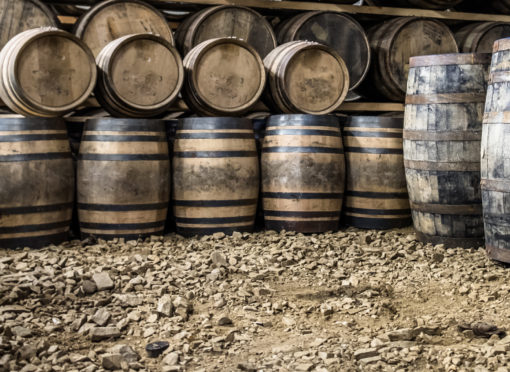Many aspects of the whisky industry, and indeed the cratur itself, have changed over the past 100 and more years. The industry is bigger. Much of it is owned by foreign firms. Manual labour and human control have been supplanted by automation and computers.
The many stages of whisky production (malting, mashing, fermenting, distilling, casking and maturing), which 100 years ago were all done under the one proverbial roof, are today carried out at different locations, all linked by a fleet of grain trucks and road tankers.
However, another change is more subtle but equally important. That is, the tone set by whisky advertising. Back in the late 1800s and early 1900s, many advertisements cheerfully portrayed the whisky drinker as a caricature inebriated Scotsman, with bunnet, crummoch, kilt and sporran, often with a half-bottle peeping out of it.
To be fair, the adverts were never malicious and often very amusing. One I fondly recall (to be accurate, it was not a whisky ad, but it could easily have been) showed two happy, boozy men sprawled on a bench, with the slogan, ‘Legless but Smiling.’ Such an advert, or any like it, is totally unthinkable today.
This total change in tone came home to me a few weeks back when I saw several Johnnie Walker adverts all carrying the line, ‘Join the Pact’, the industry-backed effort to promote responsible drinking, eschew drinking and driving and generally treat drink with caution and moderation.
It reflects the increasing need, in the era of high technology, for people to be corpus mentis when they are working with complex machines, electronics, and especially vehicles.
It is nearly 50 years since the Royal Navy scrapped the centuries-old tradition of a daily big tot of high-proof rum to all crew. A half-stewed crew dealing with today’s ultra-sophisticated weaponry and electronics is not a good idea.
Similarly, oil rigs and other offshore installations are “dry” and all aircrew are subject to ever-stricter checks. I know a coach firm where drivers have to blow into a built-in breathalyser before they can start their bus. And I’m sure many other transport firms use the same system.
All in all, the 100-year road from “Legless but Smiling” to “Join the Pact” makes total and commendable sense.










